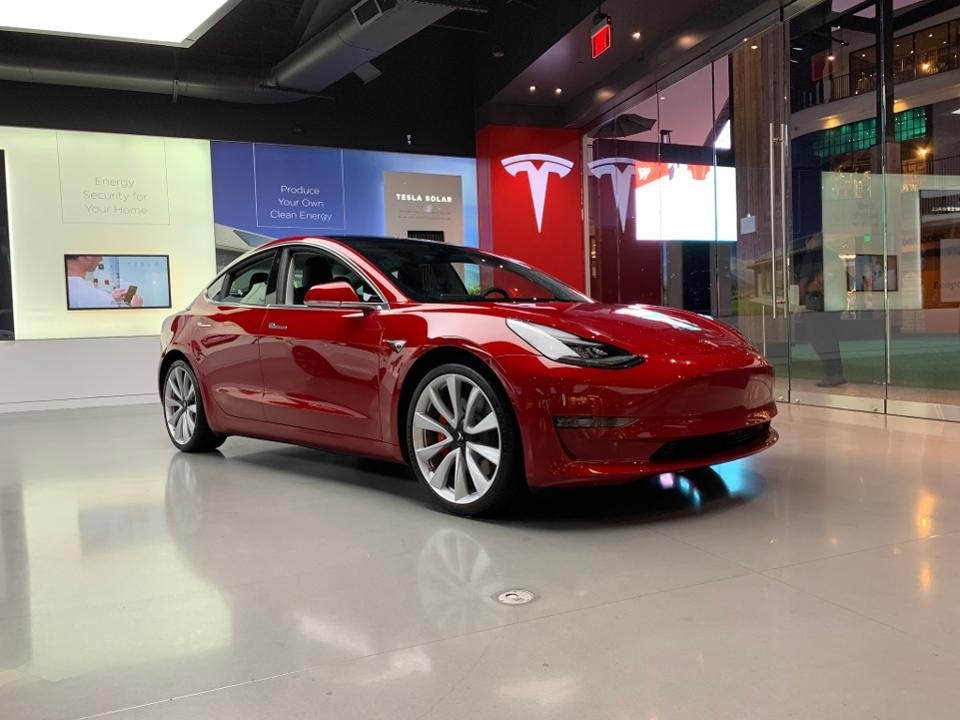How To Buy An Electric Vehicle

Ever wondered what to look for when purchasing an Electric Vehicle?
Summary
– The differences between BEV and PHEV
– What to look for when picking your car
– What questions you should be asking the community groups.
Knowing the difference between BEV and PHEV.
BEV
Driving full a Battery Electric Vehicle gives you all the perks of an EV lifestyle. This means, easier brakes, low running costs and a low centre of gravity.
BEV’s are vastly improving in technology over time. As a 2012 Nissan Leaf has a range of 120km, where its 2020 successor has a range of 360km. highlighting a 300% difference, in the overall range of a BEV.
BEV’s can be tricky to handle if you do own a home or work charger. As public charging stations are expensive and can take time to recharge your vehicle. Most drivers charge their cars at their home and work. Ensuring their car is fully recharged overnight or after their shift.
| Pros | Cons |
|---|---|
| • Quicker acceleration
• Great handpng/ centre of gravity • Low running costs • The Most environmentally friendly option |
• Low range in early models.
• Work or home charging for |
PHEV
The PHEV (Plug-in Hybrid electric vehicle) allows the user to have the electric battery for short trips and the petrol engine for longer trips.
The average day to day commute can be covered by electric power. As the electric range can vary from 40-60kms. After the car surpasses this range, it goes to its petrol power. Allowing for more freedom and less ‘range anxiety’ when charging stations are not available.
The PHEVs are usually heavier than a BEV, due to the Battery and the internal combustion engine. Giving the vehicle less mobility than a BEV. PHEV means that they would still need to go to the petrol station to refuel. Whilst electric charging isn’t needed, it is crucial for gaining low running costs and reducing your greenhouse gas emissions.
| Pros | Cons |
|---|---|
| • Avoiding range anxiety with the petrol engine.
• Lack of dependence on charging stations • A great introduction to driving an EV. s |
• Slower acceleration and mobility when compared to a BEV.
• The car still needs petrol, which can be expensive and environmentally damaging. |
Choosing a car
Now that you have decided which type of EV you would like. You know need to decide on which model you want to purchase. You will need to look at the pricing, the issues with that model, fuel efficiency and maintenance costs.
When choosing an EV there are other factors that you need to consider.
Range
• Range refers to how long the vehicle can drive until the battery requires charging. It is important to take into consideration your daily commutes as well as the destination trips that you would be doing with your vehicle.
Charging Speed
• This refers to your car’s charging speed capacity ie how fast the car can charge. This will dictate how many kWs your car can receive and therefore it’s maximum capacity. This is crucial to know before installing an EV charging station at your home or work as you want to be able to maximize your charging speed.
Charging Connection
• Electric Car Charging connections will indicate to the driver what charging plug they will need to power their vehicle. The most common types of charging connections are known as the Type 1 and Type 2. The driver would want to have a cable for their primary charging station and another cable for public charging use.
Please note: Tesla chargers only charge Tesla vehicles.
For all this information summed up for a vehicle, you are passionate about, feel free to have a look at our car guides. (https://evse.com.au/car-guide/)
Ask the Community
As they say, birds of a feather flock together. Meaning that if you want to fly off onto your EV journey then it would be a good idea to speak to the EV community. Whether it be an association or an online community, these groups can be vital in gaining feedback and advice on an EV lifestyle. As members in these groups discuss charging options, answer questions and organise meetups.
Here are some groups that we recommend
Electric Vehicle Council
https://electricvehiclecouncil.com.au/
Australian Electric Vehicle Association
https://www.aeva.asn.au/
Nissan LEAF owners Australia
https://www.facebook.com/groups/1695823577366861/
Tesla Owners Club Australia
https://www.facebook.com/groups/1397340687249493/
Tesla Model 3 Australia
https://www.facebook.com/groups/682223248624506/
Electric Vehicles for Australia
https://www.facebook.com/groups/1737462746527033/
On-Going Maintenance
Compared to a regular petrol car, the ongoing maintenance of a BEV is significantly cheaper. With less moving parts in an EV such as no spark plugs, head gaskets, exhausts or cam belts to replace, did we mention you’ll never need an oil change again!. PHEVs are more complex to maintain, as you have both an EV and petrol component to service. Battery degradation and engine wear would be the main concern of your vehicle.
Getting a charger for your home or work.
To drive an EV it is vital to charge your car as often as possible, either at home or at work. Ideally any time you park with a dwell time of over an hour is an ideal time to charge. Ie overnight or during your shift. Here at EVSE, we have a wide range of home and a commercial charging options for you to explore.


